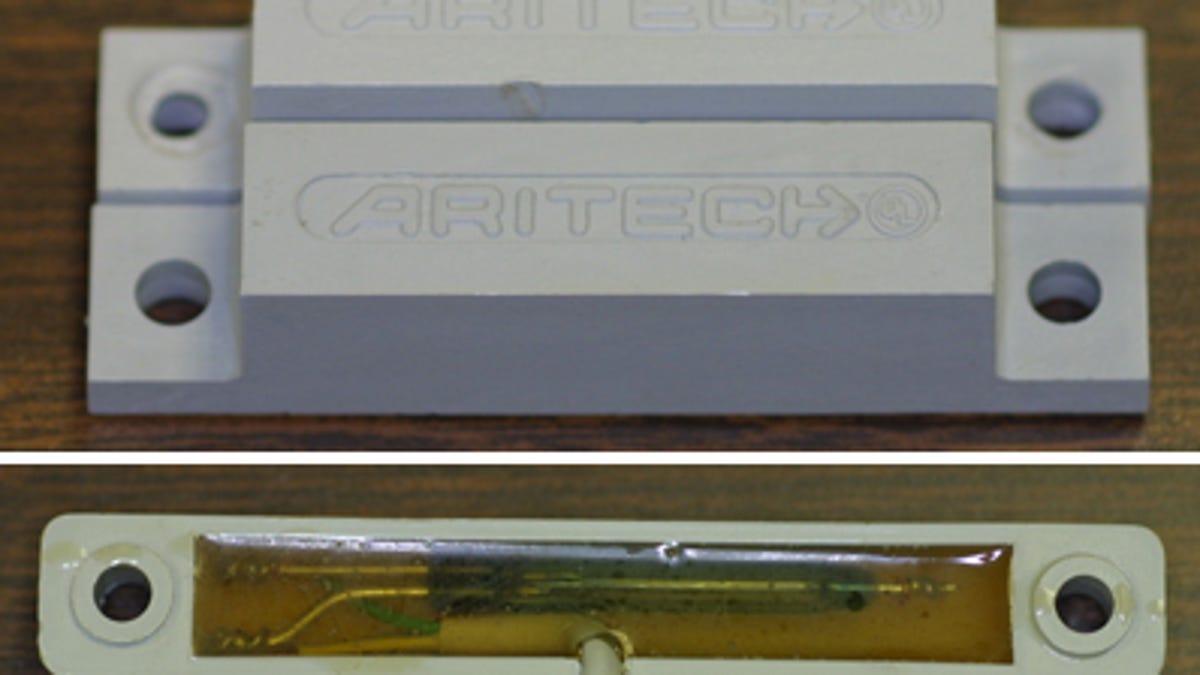Alarm systems at risk: UL establishes a higher security requirement for magnetic switches
Underwriters Laboratories recently updated UL 634 to address the insecurity of current magnetic switches that are used in alarm systems.

The U.S. product safety testing organization Underwriters Laboratories has redefined the security requirements for magnetic switches used in many alarm systems because some of these devices can be easily defeated. If your facility employs reed switches or Balanced Magnetic Switches (the high-security version of these devices) you may wish to review the requirements of the new standard. UL 634 has established a second security level (2) to define more stringent requirements to protect against covert attack. Current BMS switches are covered under Level 1.
It appears that only one switch can currently meet the new Level 2 section of the standard. It is produced by Magnasphere in Waukesha, Wis., in conjunction with Harco Labs of Branford, Conn., and is likely to be specified for use in embassies, federal facilities, and other high security applications. The Magnasphere switch was just certified by UL as compliant with Level 2. I became familiar with this technology almost three years ago when I first interviewed the CEO of the company, Rick Kirschman, and documented the ability to bypass (video) current reed switch technology (video) with simple magnets. The issue is especially critical for Sensitive Compartmented Information Facilities (SCIFs) because of the capability of surreptitiously bypassing these devices.
Alarm switches and connectors for use on doors, windows, safes, vaults and other areas are classified and tested by Underwriters Laboratories, in Standard UL 634. The standard was updated to reflect concerns by the Department of Energy, state, and other federal agencies because of the capability of bypassing reed-based switch designs. Prior to release of the new standard, only one level of security was defined for magnetic switches. In the latest edition of Locks, Safes, and Security, a simple method was demonstrated to defeat the Balanced Magnetic Switch (BMS (video)), which is the standard device that is used in high security applications by government agencies, banks, and many commercial facilities.
Magnetic switches, or "trips," are an essential element in virtually all electronic alarm systems. They are utilized to secure perimeter and interior doors, windows, safes, and vaults. They are often the first line of protection in residential, commercial, and government facilities. Their operation relies upon the presence or absence of a magnetic field to determine whether they are in a closed or open condition, indicating a normal or "tripped" state. Switches have two components: the sensor and activating magnet. Normally, the sensor is mounted on the fixed door frame, and the magnet is placed in close proximity on the moving door, window, or other element. As long as the sensor is captured by the magnetic field, the electrical circuit is completed. When the field is broken, the alarm is tripped.
Reed switches are not secure, and can be easily defeated, as demonstrated in the accompanying videos. These switches can be bypassed by electrical, magnetic, or mechanical tampering, and should not be relied upon for any measure of security, especially against attack from within an organization.
The revised UL 634 standard establishes two levels of security for magnetic switches in sections 49-65. Level 1 covers the current BMS designs, and Level 2 has been added for a higher security switch that is immune from several forms of tampering, nuisance alarms, and foreign magnetic field compromise. The new switches also require extended endurance testing for reliable operation after 1,000,000 cycles.
The Magnasphere switch (video) operates on a different principle than the reed, and is infinitely more reliable and secure. It is immune to magnetic tampering, as demonstrated in the video. It took the company more than three years to complete the Standards process, but now it appears they are the only technology that can comply with the Level 2 requirements. Look for these switches to be incorporated in residential, commercial and government installations. They can be embedded within Balanced Magnetic Switches where the higher security requirements for SCIFs and other locations are mandated. According to Rick Kirschman, the Magnasphere switch is virtually tamper-proof because of its unique spherical design.